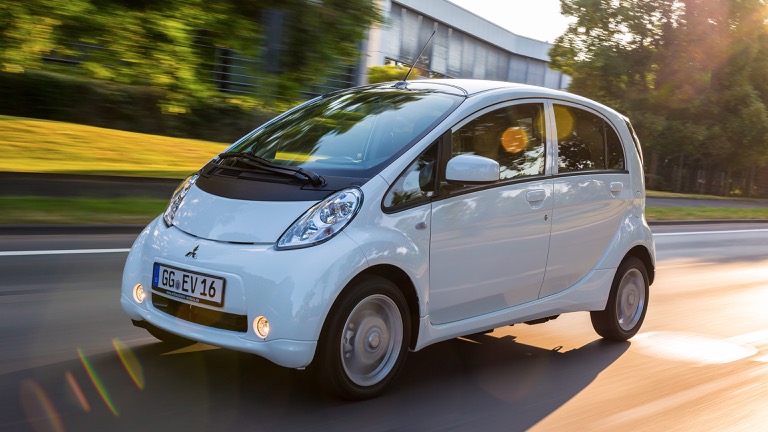
The Mitsubishi i-MiEV once considered a pioneer in electric mobility, ultimately suffered a fate that was far from triumphant. Its limited range, charging challenges, unappealing design, and weak market reach all played a role in its demise. While it contributed to the early push for electric vehicles, the i-MiEV’s status as a monumental disaster serves as a cautionary tale for automakers and reinforces the importance of addressing critical flaws and market demands to succeed in the rapidly evolving landscape of electric mobility.
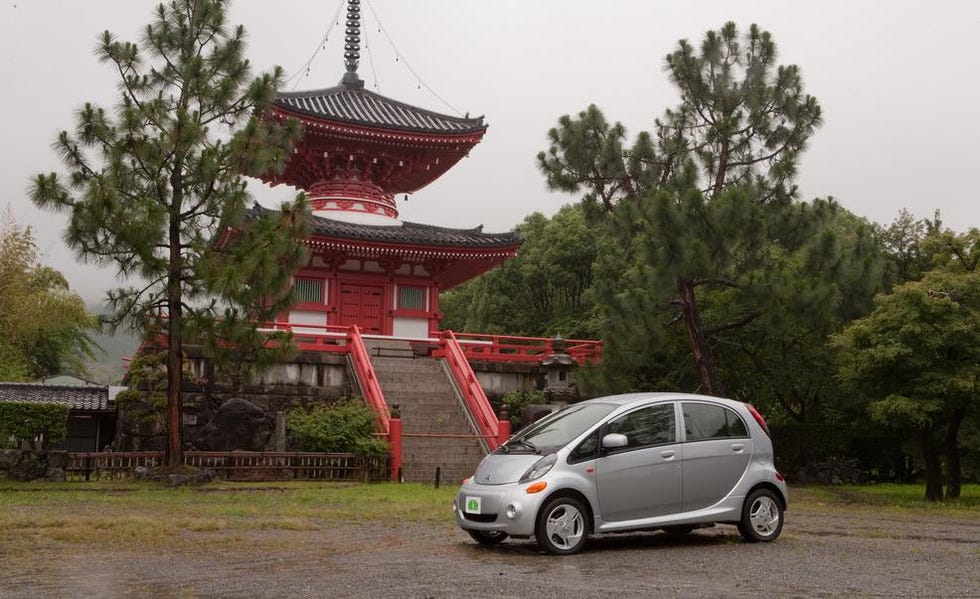
The Mitsubishi i-MiEV was expected to be a groundbreaking electric vehicle that would lead the way towards a cleaner automotive future. However, it quickly became apparent that the car was plagued by a combination of crucial flaws like producing only 66hp and unfavourable market conditions like costing 24 lakhs, leading to its monumental downfall.
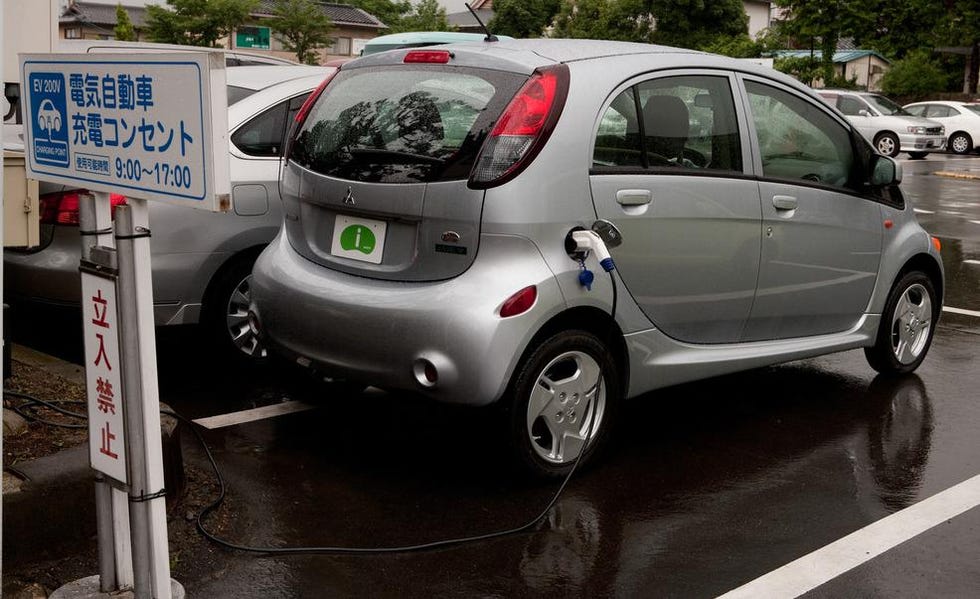
One of the primary factors that contributed to the i-MiEV’s failure was its underwhelming range and performance. Consumers were looking for practical and versatile electric cars for everyday use, but the i-MiEV failed to meet their expectations with its average range of 80 to 100 miles or 160km on a full charge. Competing EVs offered significantly better range and performance, highlighting the i-MiEV’s limitations.
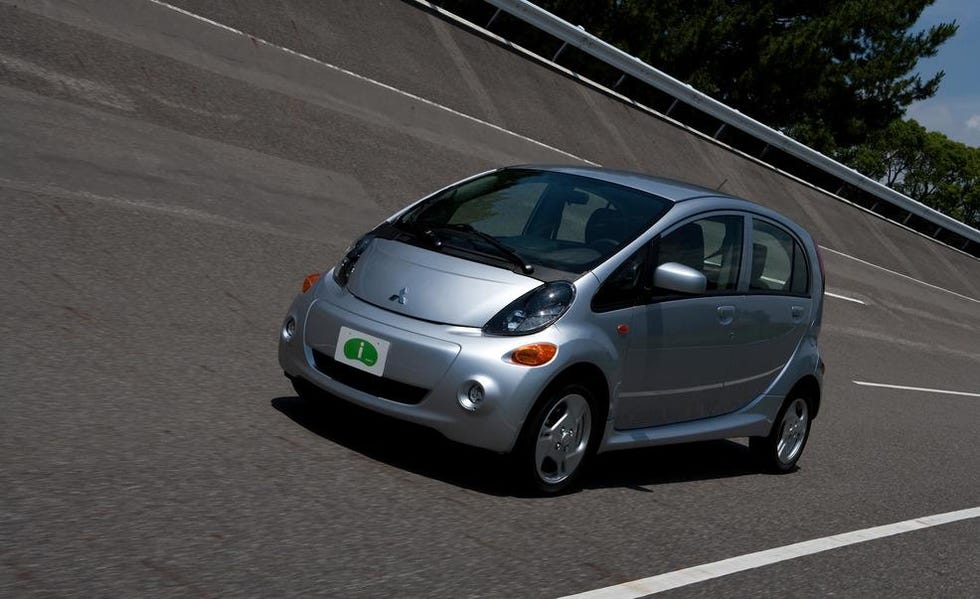
Moreover, charging infrastructure was a major issue for the i-MiEV. In the early 2010s, public charging stations were scarce, and charging times on standard household outlets were frustratingly slow. This lack of infrastructure severely restricted the i-MiEV’s usability and made long-distance trips impractical and anxiety-inducing for owners. The i-MiEV’s unconventional design was also a hit-or-miss for consumers. While its boxy shape and compact size might have worked in urban settings, it failed to appeal to a broader market selling ultimately only 37,600 since 2009. Additionally, Mitsubishi’s brand perception did not carry the same allure as some of its competitors like Nissan or Tesla, further dampening the i-MiEV’s prospects.
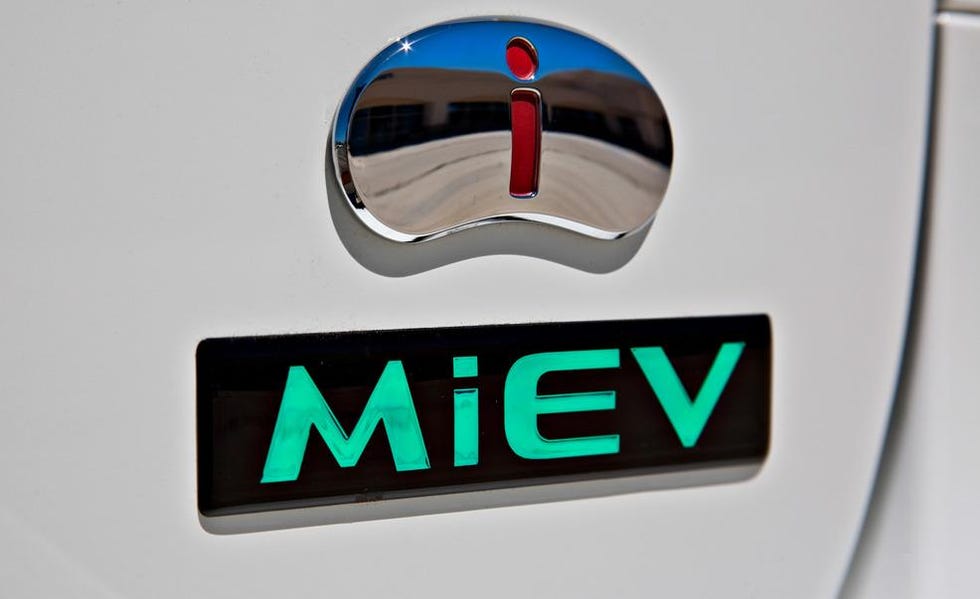
Despite Mitsubishi’s efforts to market the i-MiEV globally, the car faced a limited market reach. It found success in niche markets, primarily in Japan and some parts of Europe, but failed to gain significant traction in key regions like the United States. This restricted reach hindered the car’s potential for broader success, and ultimately led to its phasing out from Mitsubishi’s lineup.
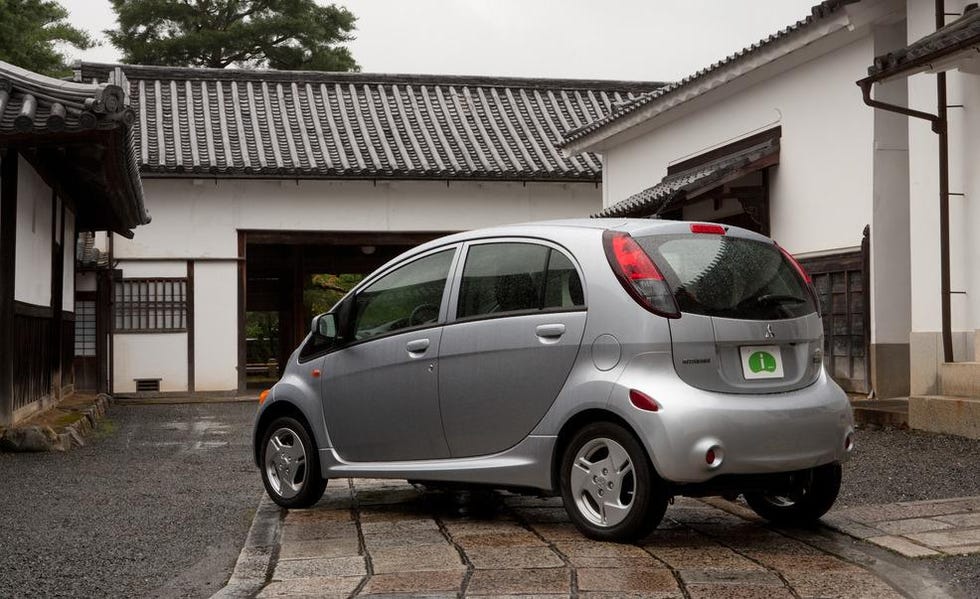
In conclusion, the Mitsubishi i-MiEV’s limitations and poor sales performance contributed to its downfall. While it was once considered a pioneer in electric mobility, its status as a cautionary tale for automakers reinforces the importance of addressing critical flaws and market demands to succeed in the rapidly evolving landscape of electric mobility.








